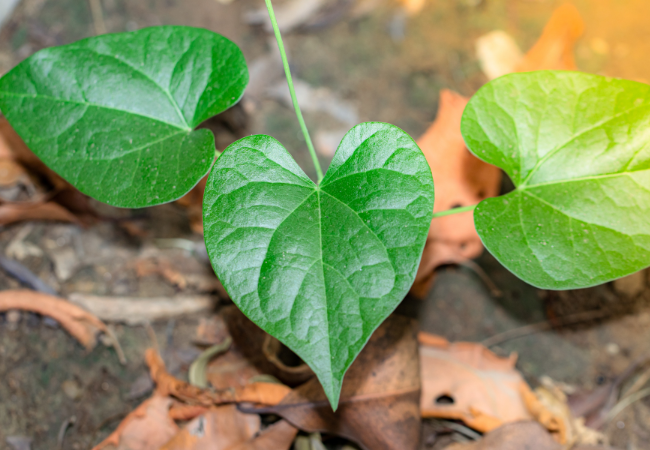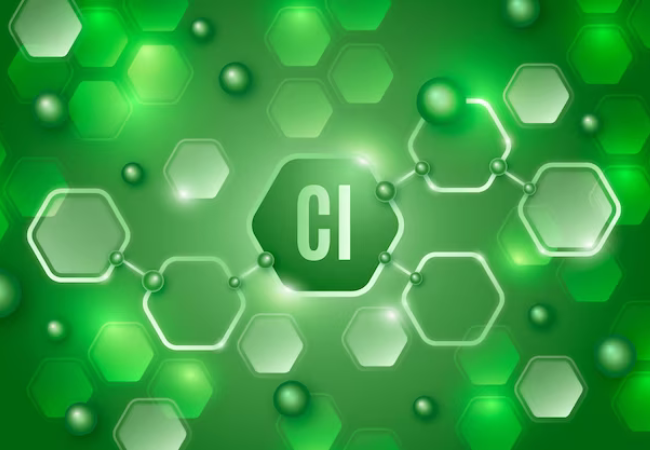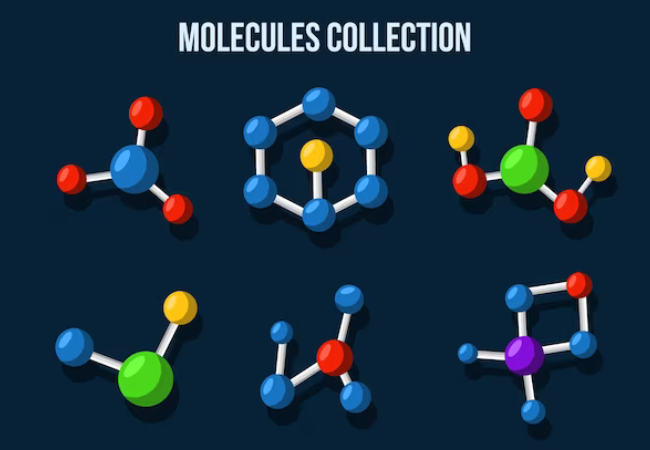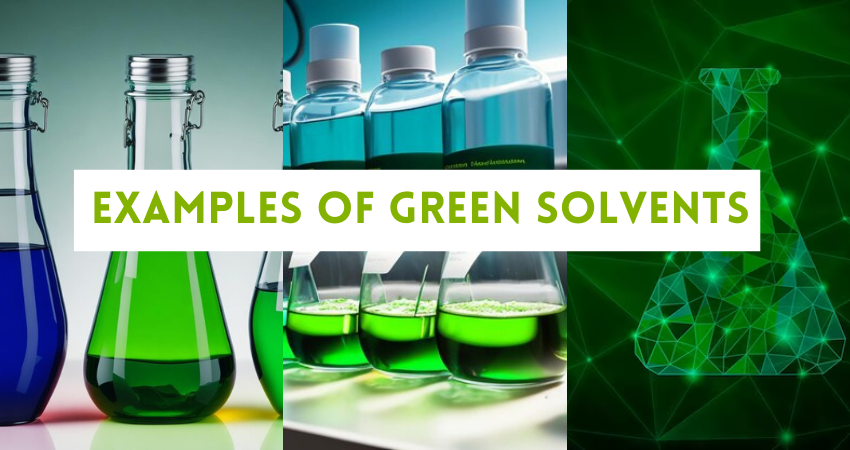As the world becomes more conscious about the environment, the concept of green solvents has become increasingly important in the field of green chemistry. Green solvents aim to minimize the negative impact on the environment caused by solvents used in chemical production. In this article, we will explore the properties of green solvents and provide examples of green solvents and their use in sustainable and environmentally friendly practices.
What are Green Solvents?
Green solvents are those that have a reduced environmental impact compared to traditional solvents. They are characterized by their low toxicity, low volatility, and biodegradability. The use of green solvents aims to reduce the volume of solvent used and make the solvents greener through careful selection of conventional solvents and the use of unconventional solvents.
Properties of Green Solvents
The properties that make a solvent “green” include a low boiling point, which reduces the energy required to distill it, and a low flash point, which reduces its flammability. Other factors that contribute to a solvent’s greenness include its cumulative energy demand and its impact on cost, safety, and health issues.

Sure, here are some properties that make a solvent “green”:
- Low Toxicity: Green solvents are characterized by their low toxicity, making them safer for both human health and the environment.
- Low Volatility: They have low volatility, which reduces the risk of harmful vapors being released into the atmosphere.
- Biodegradability: Green solvents are often biodegradable, meaning they can be broken down by microorganisms in the environment, reducing their environmental impact.
- Renewability: Many green solvents are derived from renewable resources, contributing to their sustainability.
- Low Flammability: They often have low flammability, improving safety during use and disposal.
- High Efficiency: Green solvents can be highly efficient in dissolving substances, reducing the amount of solvent needed for a particular process.
- Recyclability: Some green solvents can be recycled and reused, further reducing their environmental impact.
- Low Energy Demand: The production and use of green solvents often require less energy compared to traditional solvents, contributing to lower greenhouse gas emissions.
These properties contribute to the overall goal of green chemistry, which is to reduce the environmental impact of chemical processes. However, it’s important
Examples of Green Solvents
There are several examples of green solvents that are being used in various industries today. Here are a few:
1. Water
The most common and accessible green solvent.
2. Ethanol
A simple alcohol that is biodegradable and less toxic than many other solvents.
3. Supercritical Carbon Dioxide
Acts as a solvent under supercritical conditions, and is non-toxic and non-flammable.
4. Ionic Liquids
These are salts in a liquid state that have low volatility.
5. Bio solvents
Derived from renewable resources and often biodegradable.
6. Citrus Terpenes
Extracted from citrus rind, these solvents are renewable and have a pleasant smell.

7. Ethyl Lactate
Derived from corn, this solvent is biodegradable and has a high boiling point.
8. Methyl Soyate
A solvent derived from soybean oil that is biodegradable.
9. Hydrofluoroethers (HFEs)
These are less ozone-depleting than traditional chlorinated solvents.
10. Polyethylene Glycol (PEG)
This is a biodegradable solvent used in a variety of applications.
11. Propylene Carbonate
A solvent often used in lithium-ion batteries, it’s biodegradable and has a high boiling point.
12. Gamma-valerolactone (GVL)
Derived from biomass, this solvent is used in the production of biofuels.

13. Cyrene
A bio-based solvent derived from cellulose, it’s used as a safer alternative to traditional dipolar aprotic solvents.
14. Isosorbide
Derived from glucose, this bio-based solvent is used in polymer production.
15. Limonene
Extracted from citrus peels, this solvent is renewable and biodegradable.
16. Methyl-5-(dimethylamino)
A polar, non-flammable solvent with high boiling point and low toxicity.
17. Dimethyl Sulfoxide (DMSO)
This is a polar aprotic solvent with a high boiling point and excellent solvating power.
18. Glycerol
A byproduct of biodiesel production, glycerol can be used as a green solvent in various reactions.
19. Deep Eutectic Solvents (DESs)
These are mixtures of two or more compounds that interact to form a eutectic mixture with a lower melting point than the individual components.
20. Switchable Solvents
These solvents change their properties in response to an external stimulus such as light or heat, allowing for easy recovery and reuse.
21. Supramolecular Solvents
These are self-assembled aggregates of amphiphilic compounds that can dissolve both polar and non-polar substances.

22. Natural Deep Eutectic Solvents (NADES)
These are mixtures of natural compounds that form a eutectic mixture with unique solvating properties.
23. Bio-Based Ionic Liquids
These are ionic liquids derived from renewable resources such as sugars or amino acids.
24. Liquid Polymers
Polymers with low melting points can be used as green solvents in certain applications.
25. Liquid Crystals
These materials exhibit properties between those of conventional liquids and those of solid crystals and can be used as solvents in specialized applications.
Green solvents are becoming increasingly important as we strive to develop more sustainable and environmentally friendly technologies. By using green solvents, we can reduce our reliance on petroleum-based solvents and reduce the environmental impact of our industrial processes.

